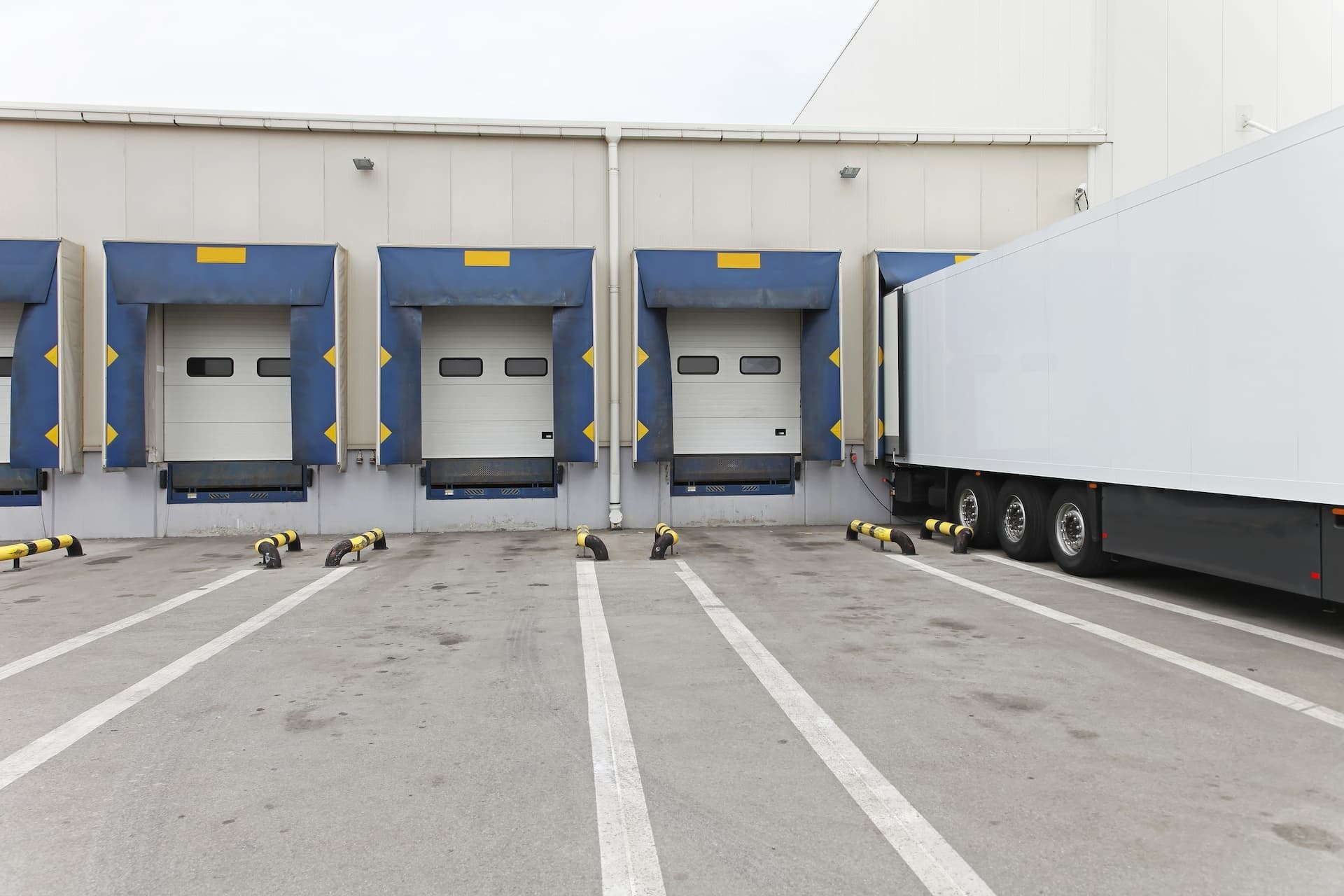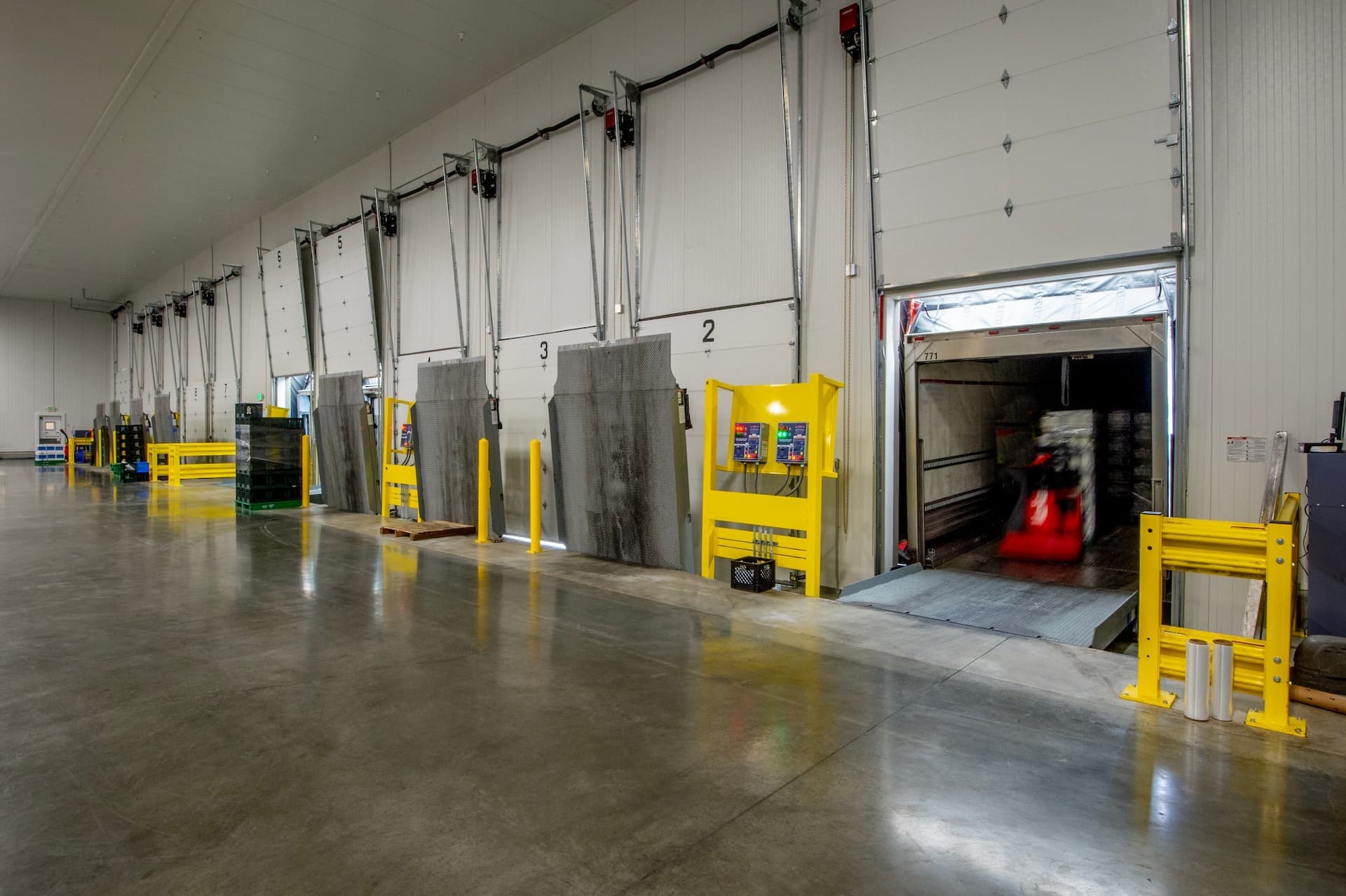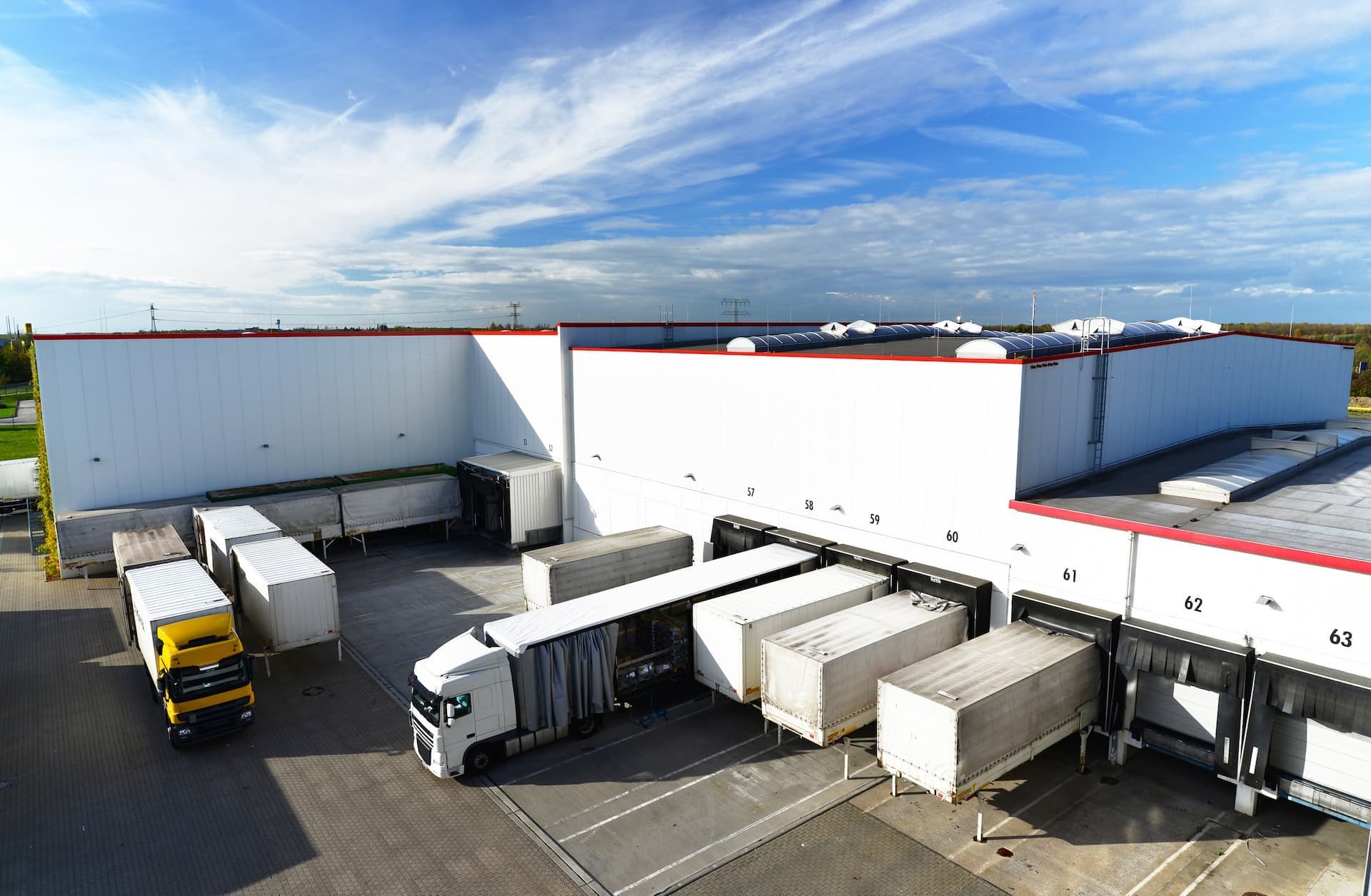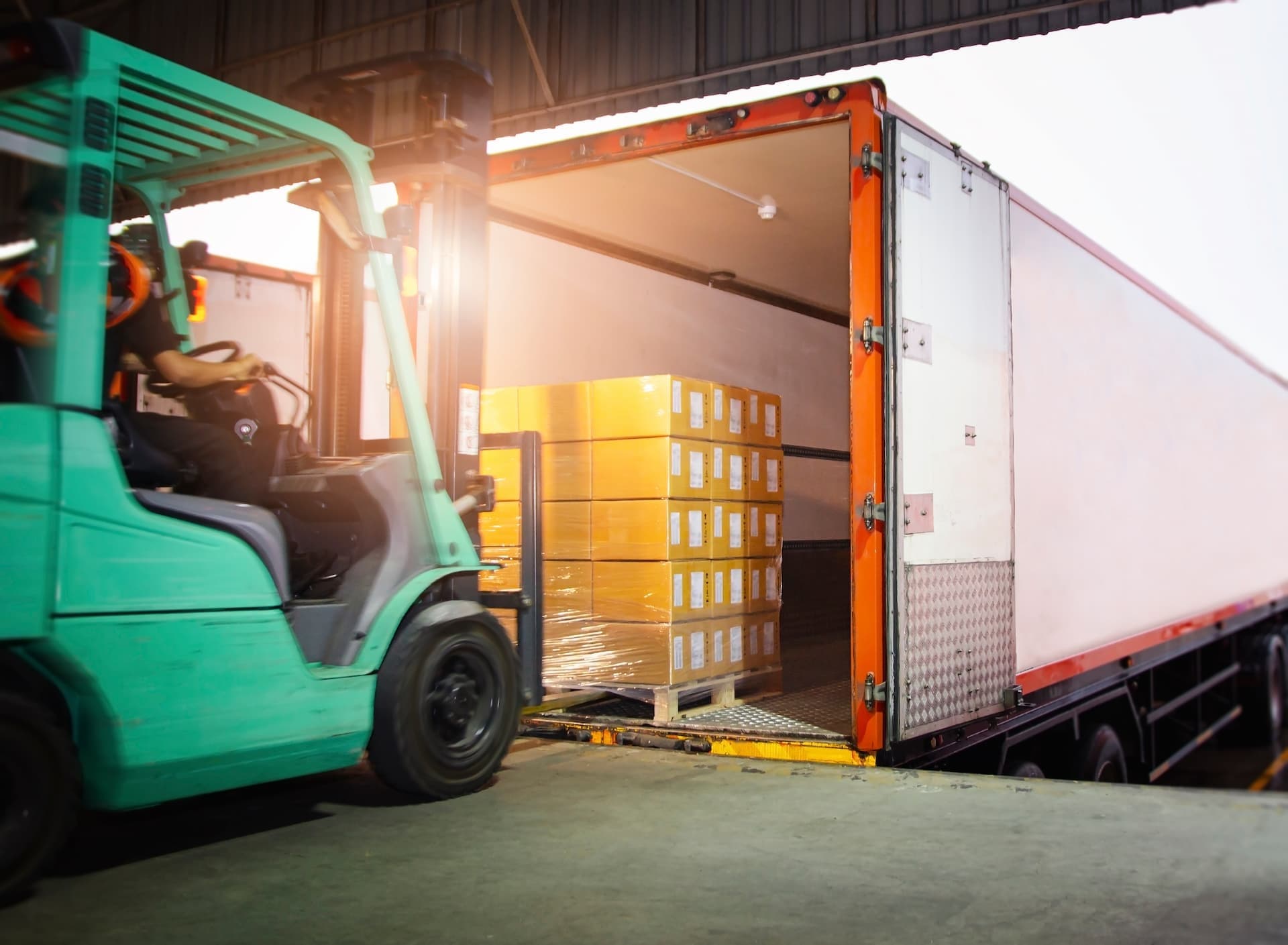Safety Compliance: Why Loading Dock Restraints Are Vital
Safety is always a top priority for any loading dock. With all the activity from workers and delivery vehicles, having high-quality safety measures in place is vital for preventing accidents.
One key piece of dock equipment is the loading dock restraints. In this article, we’ll go into why these are vital safety components, what they are, and what can happen without them.

What Are Loading Dock Restraints?
Loading dock restraints, also called truck restraints or vehicle restraints, are pieces of equipment that are installed at the end of a loading dock. Their purpose is to lock a transport vehicle in place and prevent it from moving or leaving the dock during the loading or unloading process.
Why Your Loading Dock Needs Dock Restraints
Vehicle restraints are mandatory for any loading dock that services trailers. Loading docks are busy places and there are many hazards. Loading dock restraints can be instrumental in preventing accidents, damage, and injury. They are an effective way to protect products, equipment, and workers.
Additionally, you should take care to ensure that your loading dock restraints are well maintained to ensure they function correctly when they’re needed.

Common Loading Dock Accidents
Before the advent of trailer restraints, trailer separation accidents were a much bigger risk at loading docks. The most common accidents that can occur on loading docks without proper trailer restraints include:
- Early Trailer Departure — This is also called “aggressive retreat”. It refers to an incident where the driver of the truck pulls away from the dock while the forklift is still entering, exiting, or inside the trailer. It can be extremely dangerous, damaging goods and equipment, and causing severe injuries.
- Trailer Creep — Trailer creep occurs when the trailer gradually moves away from the dock thanks to the momentum from forklifts repeatedly moving in and out of the trailer. Eventually, a dangerous gap forms between the dock and the truck as the lip of the dock leveler loses contact with the bed of the trailer.
- Landing Gear Collapse — Landing gear collapse is also referred to as “trailer rollover”. This occurs when the landing gear leg of a loaded trailer collapses, causing a hazardous tilt. It can even lead to the trailer tipping over, leading to a cascade of accidents.
- Trailer Pop-up/Upending — Trailer upending happens when the first heavy load is placed in the nose of the trailer. It can cause the rear of the trailer to rise up, forcing it vertically away from the dock. That creates a lip or a gap that poses risks to safety and makes loading and unloading more difficult.
Don’t wait until it’s too late — ensure your loading dock restraints are functioning properly today.

Types of Loading Dock Restraints
Loading dock restraints come in a range of styles in order to accommodate the different needs of both loading docks and the many styles of trailers that are in us. The main types include:
- Light Communication Systems — A light communication system can work on its own or be combined with other methods for extra safety. This system commonly includes interior and exterior red and green lights to enhance the communication between the loading dock and the driver of the truck and indicate when it’s safe to pull away.
- RIG Vehicle Truck Restraints — This is the most common type of vehicle restraint. It engages the RIG bar that is common on most transportation vehicles. It either blocks the bar with a rotating hook or forms a vertical obstruction that prevents the vehicle from moving away. These restraints can either be mounted to the dock wall, immediately in front of the dock, or even recessed into the building structure under the dock pit.
- Wheel-engaging Truck Restraints — This device works by engaging one or more of the tires of the docked transport vehicle. These restraints are commonly used in places where the vehicles being serviced don’t have RIG bars or where the RIG bar is obstructed.
Manual vs Automatic Systems
Dock restraints are available in both manual and powered systems.
- Manual units depend on the operator to engage and release the device by hand. These usually use some kind of rod or lever device to engage and release the restraints.
- Automatic powered units are a system that is engaged and released through a powered means. Operation is simple and easily accomplished, making this the most popular type of restraint.

Creative Door Services Has Your Dock Restraint Needs Covered
As the owner of a busy commercial or industrial facility, you know how important it is to have the right equipment. At Creative Door Services, we have the high-quality dock equipment, including vehicle restraints, to suit your needs. We can supply dock restraints for both large and small operations, ensuring full safety for facilities throughout Western Canada.
Additionally, our highly experienced team can provide all the maintenance and repair services you require to ensure full safety compliance. Whether you need immediate repairs or you would like to sign up for our planned maintenance program, you can count on us to be there when you need it.
Contact us today to request service. Find a location nearest you: Kelowna, British Columbia; Vancouver, British Columbia; Calgary, Alberta; Edmonton, Alberta; Fort McMurray, Alberta; Regina, Saskatchewan; Saskatoon, Saskatchewan; and Winnipeg, Manitoba.

